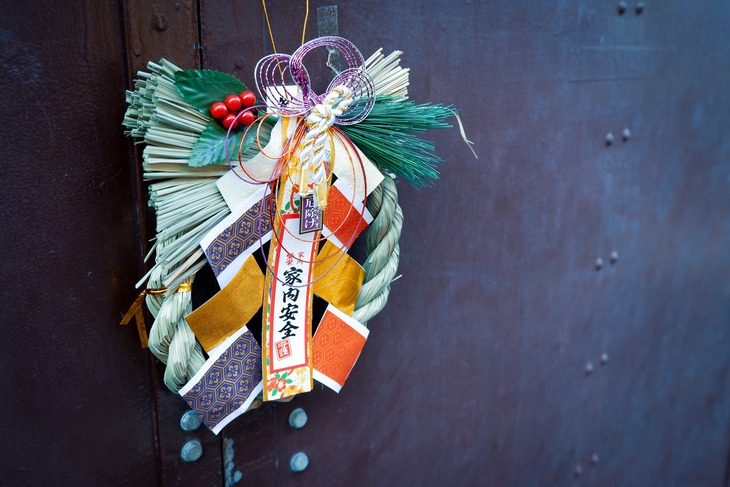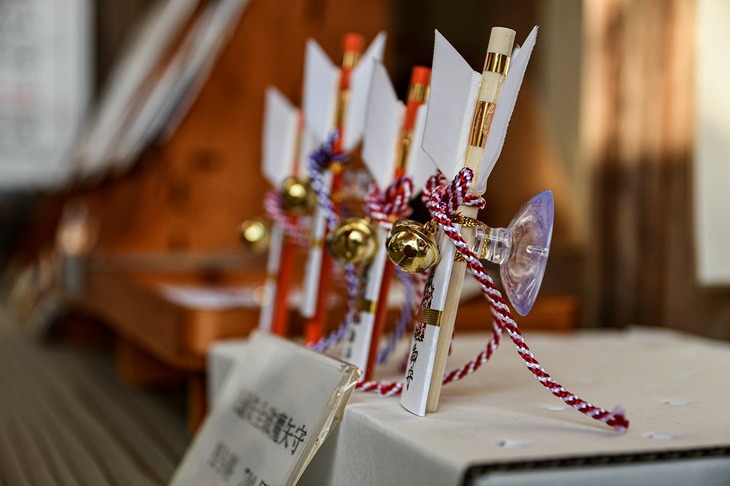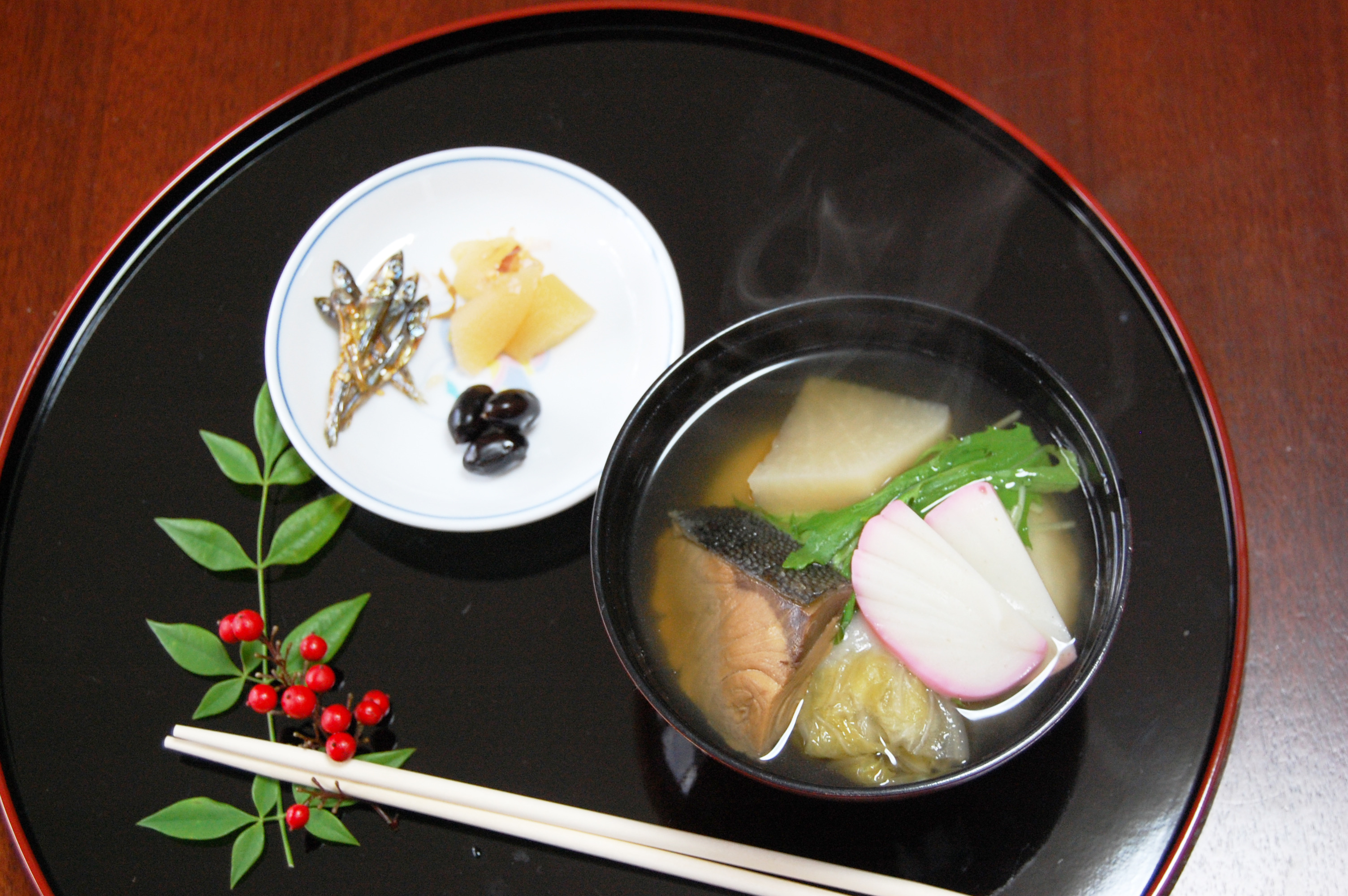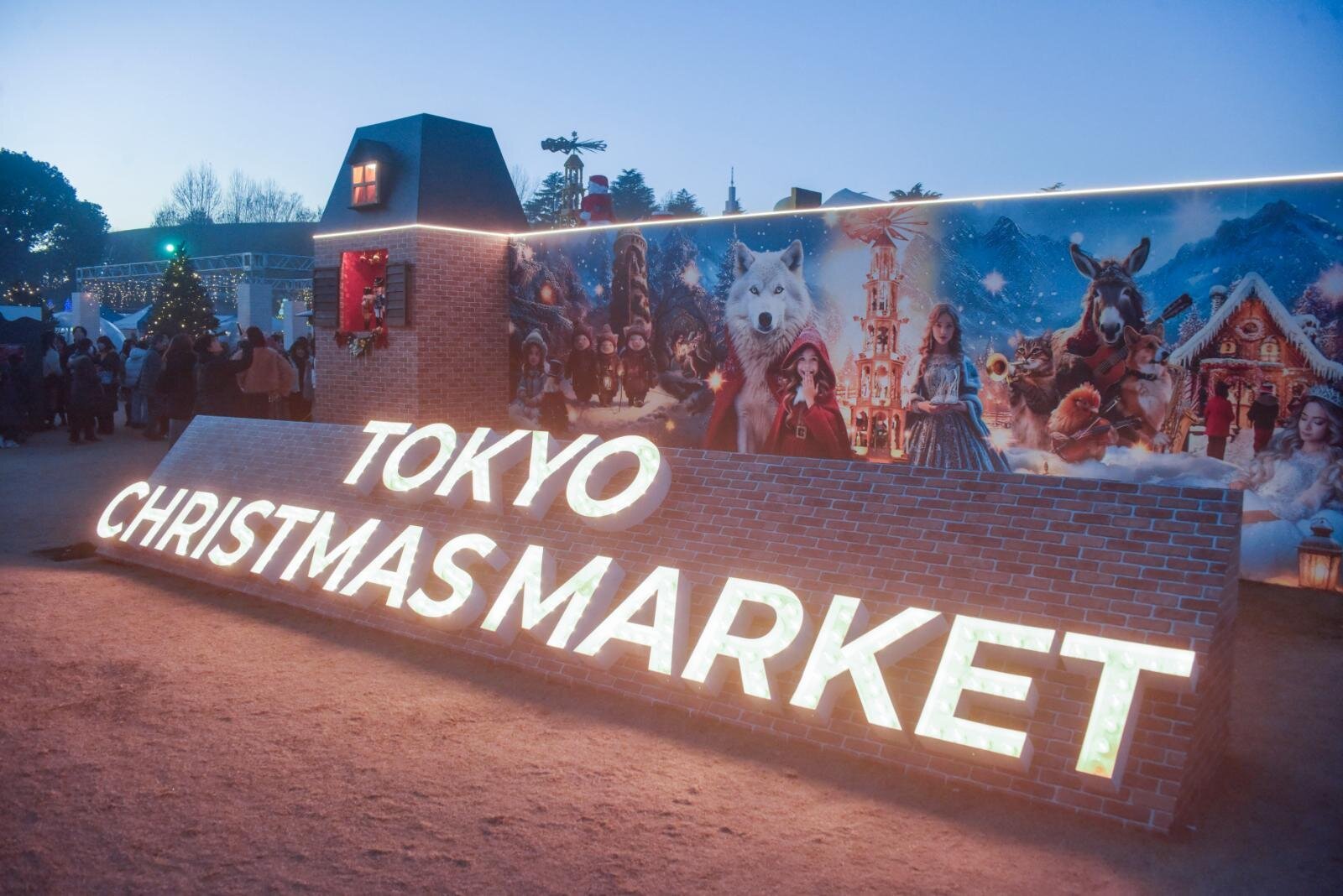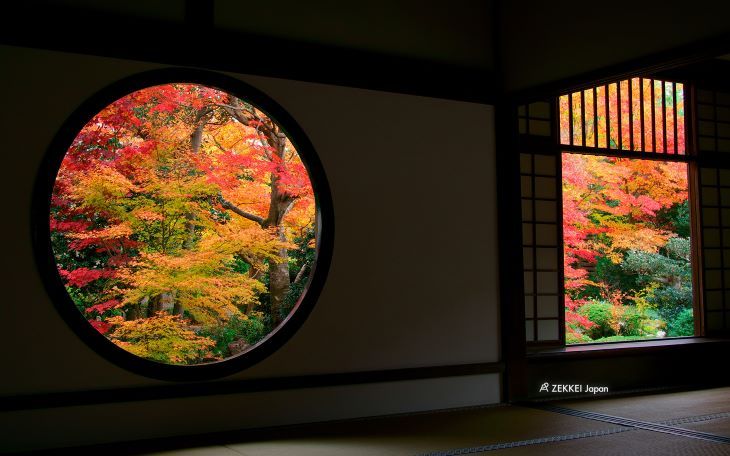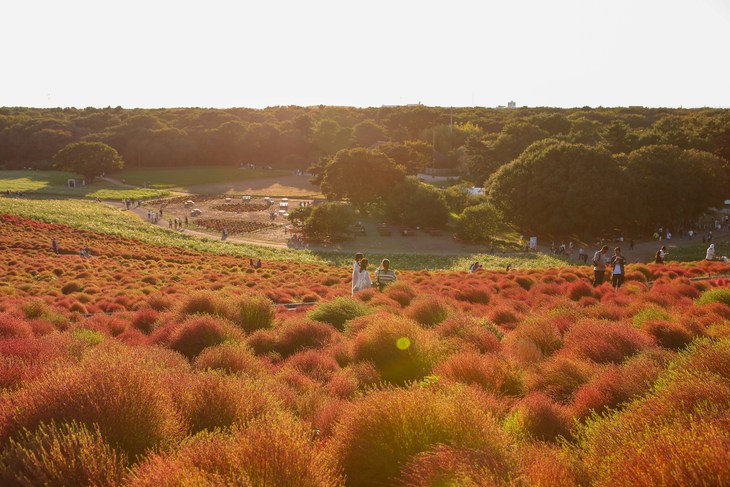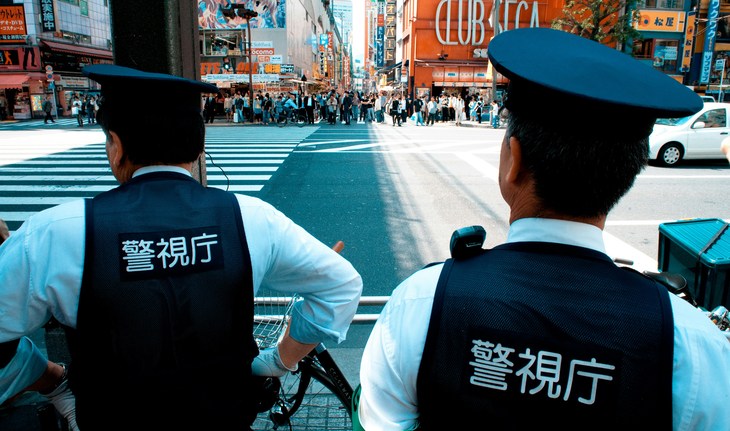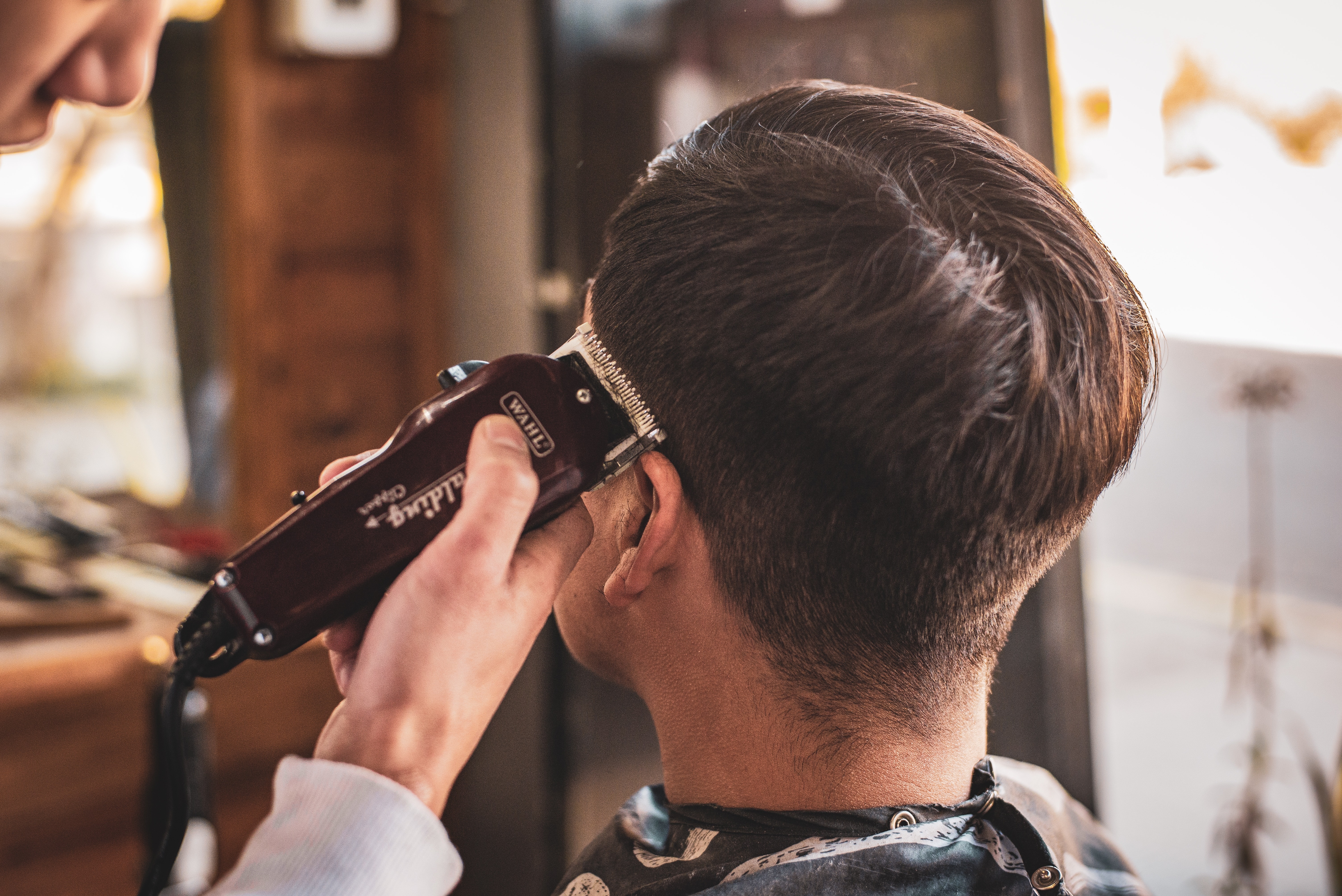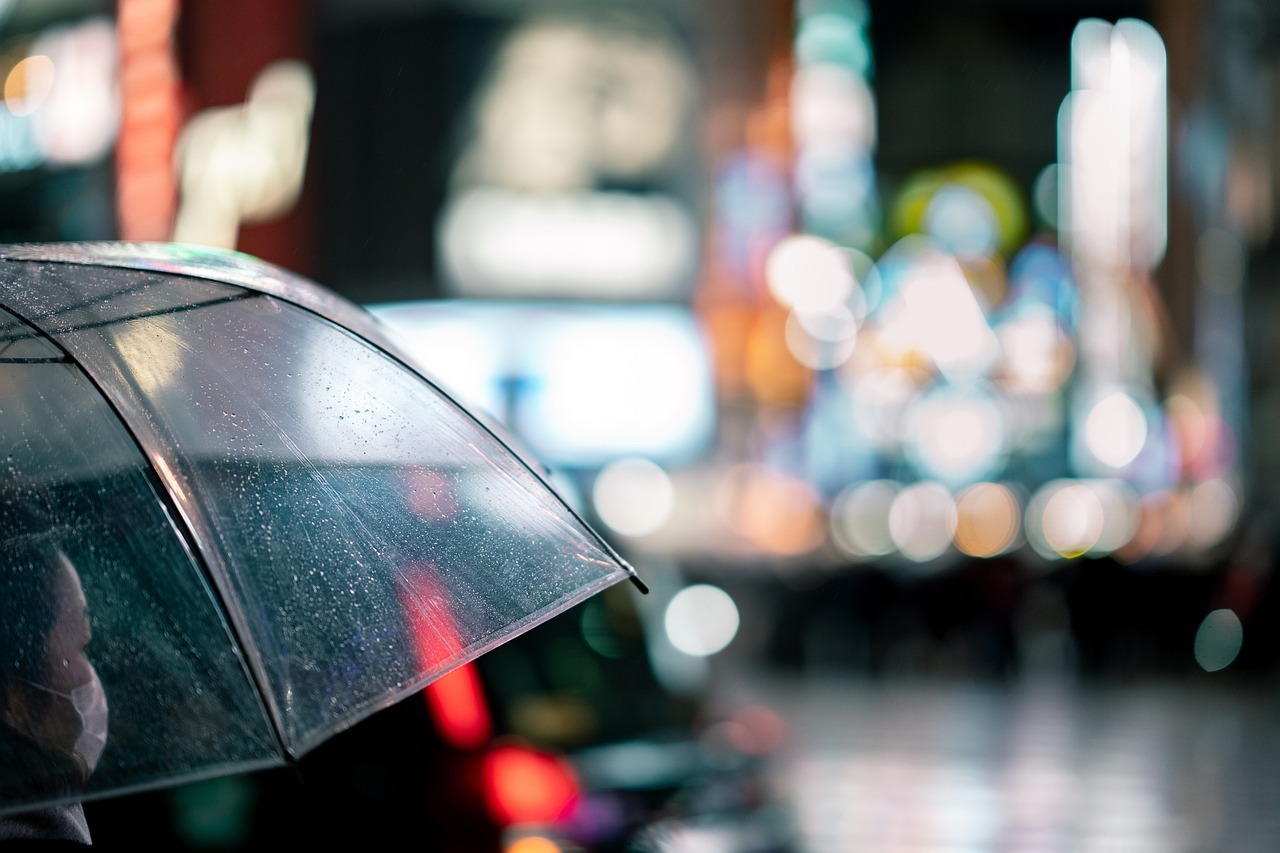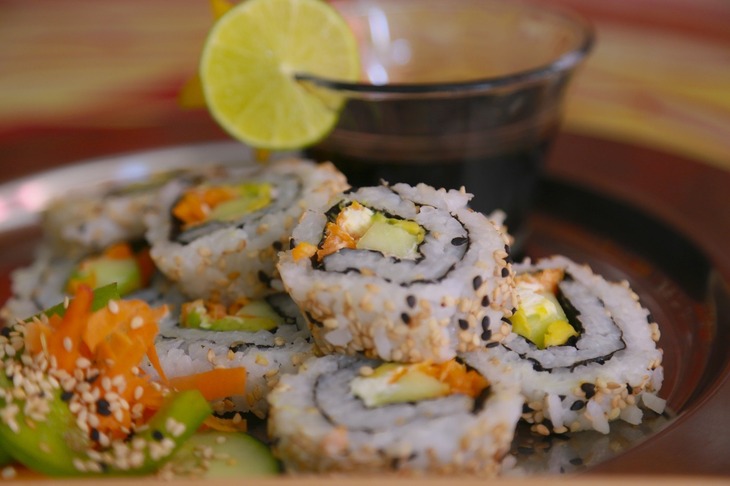All About New Year's in Japan
New Year's, or Shogatsu in Japanese, is the most important holiday of the year in Japan. It is celebrated by returning to one's hometown, spending time with family and close friends, holding New Year's events, and eating traditional Japanese New Year food. Today, let's learn about New Year's in Japan, including some important traditions and things to be careful about if you live in Japan or visit over the New Year's holiday.
The Origins of Japanese New Year's
Originally, New Year's in Japan was a holiday dedicated to welcoming the god Toshigami to one's home to bring prosperity to the family in the coming year. While many people do not actively think about how they are inviting this god to their home over the New Year's holiday, many of the customs and traditions observed by most Japanese people on New Year's stem from this traditional event.
Because of the nature of how New Year's is celebrated, with different events taking place on different days, not every custom is observed on December 31st. As a result, December 31st-January 3rd is generally referred to as New Year's.
Japanese New Year's Customs
Japan has tons of interesting and unique New Year's customs that families take part in every year. Here are a few of the most common ones.
・Hatsumode
Hatsumode is the first visit to a shrine or temple of the year and is one of the most popular New Year's traditions in Japan. People will visit shrines or temples to pray for good luck for the new year, and to buy good luck charms.
While the first shrine visit doesn't necessarily have to take place on January 1st (many people will go on later days within the first couple of weeks of January), midnight on New Year's is an especially fun time to go to a shrine because large temple bells will be rung right at the turn of the new year.
Major shrines and temples will be extremely busy because of Hatsumode, with some famous shrines or temples in cities like Tokyo or Kyoto attracting millions of visitors. Hatsumode is one tradition that is easy to participate in if you're a tourist visiting Japan around New Year's, but be ready for huge crowds depending on where you go.
・Watching the first Sunrise of the Year
Since traditionally the first sunrise was said to be when Toshigami descended from the heavens, the custom of watching the first sunrise of the year became quite popular. While most people these days are not waiting for a god to descend, watching the first sunrise of the year is still very popular. Many people choose to combine Hatsumode and watching the first sunrise together if possible by going to shrines or temples that offer excellent views of the sunrise, but beaches and mountains are also popular spots to watch the first sunrise.
・Eating Osechi
Osechi is the word for traditional Japanese New Year's food. Osechi is usually presented in a bento (lunch box) and features many different traditional foods that each have their own meaning. While traditionally families would cook and prepare their own osechi, these days many people choose to buy pre-prepared osechi to save a lot of time.
Some common foods you'll find in osechi include:
Kazunoko (herring roe): Symbolizes fertility and a wish to have a large family.
Kuromame (black beans): Represent health and hard work.
Tazukuri (candied sardines): Symbolize a bountiful harvest.
Kamaboko (fish cakes): Often presented in red and white, colors that represent celebration in Japan.
Datemaki (sweet rolled omelet): Symbolizes wishes for academic success.
・Lucky Bags
Lucky bags, or fukubukuro in Japanese, are a New Year's tradition for those who like sales and limited-time items. They essentially act as the first sales of the year. Traditionally, stores would offer lucky bags filled with products at a discounted price, and you wouldn't know what would be in the bag. You might get something great for a great price, or you might get something not-so-great. That's why they're called "Lucky Bags."
Recently however, buying lucky bags with revealed contents is becoming more popular, and so this can be a chance for people to get items from their favorite stores at a steep discount. Even fast food chains like McDonald's and Starbucks have their own lucky bags which often have exclusive items inside. Especially with popular stores like Starbucks, you have to join a lottery to win the opportunity to buy its lucky bag. As well, some stores and online retailers like Amazon allow lucky bags to be reserved online in advance.
Things to Be Careful About During the New Year's Holiday
If you are in Japan over the New Year's holiday, be it as a resident or a tourist, there are some important things you need to keep in mind in order to have a smooth, safe holiday.
・Travel Congestion (旅行の混雑): In Japan, there is a phenomenon called the "U-turn rush," which refers to the significant increase in travel during New Year's as millions travel to their hometowns for the holidays. Major transportation hubs and highways are guaranteed to be crowded during peak travel times, and tickets for trains, buses, and planes can be hard to come by if you do not book well in advance. On the other hand, big cities like Tokyo may feel quieter over New Year's, as many people residents will have gone home, so travel within the city may not be as bad.
・Business Closures (事業の休業): Many businesses, including restaurants and shops, close for several days during the New Year's holiday. In particular, most places are closed on January 1st and 2nd. Be sure to get any shopping done in advance so that you don't find yourself going hungry!
・ATM and Banking Services (ATMおよび銀行サービス): ATMs and banks may also be closed, or operate with highly reduced hours, so withdraw enough money for the holidays well before the holiday starts.
・Cultural Etiquette (文化的エチケット): Hatsumode and other New Year's traditions are extremely important to Japanese people, so it is important to understand this. Being considerate of customs, such as queueing quietly and dressing appropriately when visiting shrines or temples, will help show that you are trying to show respect for Japan's traditions.
・Hotel Prices During New Year's (年末年始のホテルの価格): Hotel prices in Japan can skyrocket during the New Year's holiday, especially in popular tourist destinations and major cities like Tokyo and Kyoto. This increase is because of the high demand from both Japanese people returning to their hometowns and tourists wanting to experience Japanese New Year's. If you need to book a hotel, book it well in advance to make sure you can get a room and avoid high last-minute prices. Also, some hotels offer special New Year packages that include festive meals and celebrations, so this can be a great way to get a taste of local traditions.
Interested in learning more about popular New Year's customs in Japan?
If so, check out our article all about New Year's customs here.














